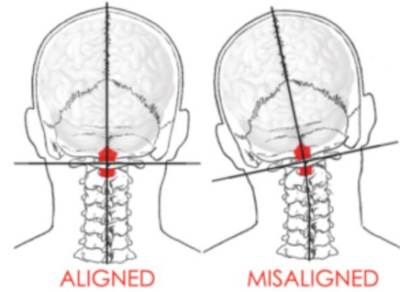 For over a decade, our clinical approach to practice has been a constant evolution of trying to determine the best systematic approach to providing care to a very diverse patient base. You have likely noticed over the past couple of years we have largely changed our approach to how we assess and adjust the spine. Our approach in years past was effective and produced positive results, but one thing that frustrated us was the lack of a systematic approach that would drive consistent and predictable results in a shorter amount of time. The current evolution of our clinical care is meant to address just that.
For over a decade, our clinical approach to practice has been a constant evolution of trying to determine the best systematic approach to providing care to a very diverse patient base. You have likely noticed over the past couple of years we have largely changed our approach to how we assess and adjust the spine. Our approach in years past was effective and produced positive results, but one thing that frustrated us was the lack of a systematic approach that would drive consistent and predictable results in a shorter amount of time. The current evolution of our clinical care is meant to address just that.
Dr. Anna is currently undergoing a certification process in the Blair technique. Blair is a unique, and highly researched method of evaluating and adjusting the cervical spine that has been shown numerous times to produce phenomenal results in a shorter amount of time with often times much less care.
The Blair Technique is known for a highly specific approach to how we evaluate the misalignment of the upper cervical vertebra. The main difference you will notice during the examination process is that we take far more specific and detailed x-rays than we have in the past. This new system of X-rays is designed to show us not just the position of your vertebra, but how they actually articulate (connect) with the vertebrae above and below it. This allows us to account for the anatomical differences between each patient. Every spine is different, and techniques we have used in the past have allowed us to assess each patient as specific as possible but they have not taken into account the differences we are likely to see between each individual.
Along with X-rays, we assess the paraspinal musculature with thermography (heat readings). We do this by utilizing the thermography scope that you are used to us already using. We use this scope on three subsequent visits to establish your “pattern.” By establishing your pattern we are able to assess when there is nerve interference present, and therefore when you actually need to be adjusted. When you show up for daily visits we will utilize thermography to see if an adjustment is warranted. If there is no nerve interference present, you do not need to be adjusted. This helps us deliver care in a couple of different ways: 1) it gives us insight into how often you should be getting evaluated and 2) it allows us to avoid being adjusted too often and when it is not necessary. Yes, it is possible to be adjusted too often; just ask Dr. Matt what happens if you’ve been adjusted too often for too long.
The primary goals of introducing this new technique are threefold:
- We aim to provide a better and more consistent adjustment that produces results faster and allows the patient to hold the adjustment for longer.
- To give us a predictable and consistent systematic approach to how we evaluate and care for each and every patient, while taking into account the different anatomical variations each patient presents with,
- To ultimately improve each patient in less time, resulting in less trips to the Chiropractor’s office.
Our primary aim is to find new methods that will deliver the best, most specific care to each individual patient.

